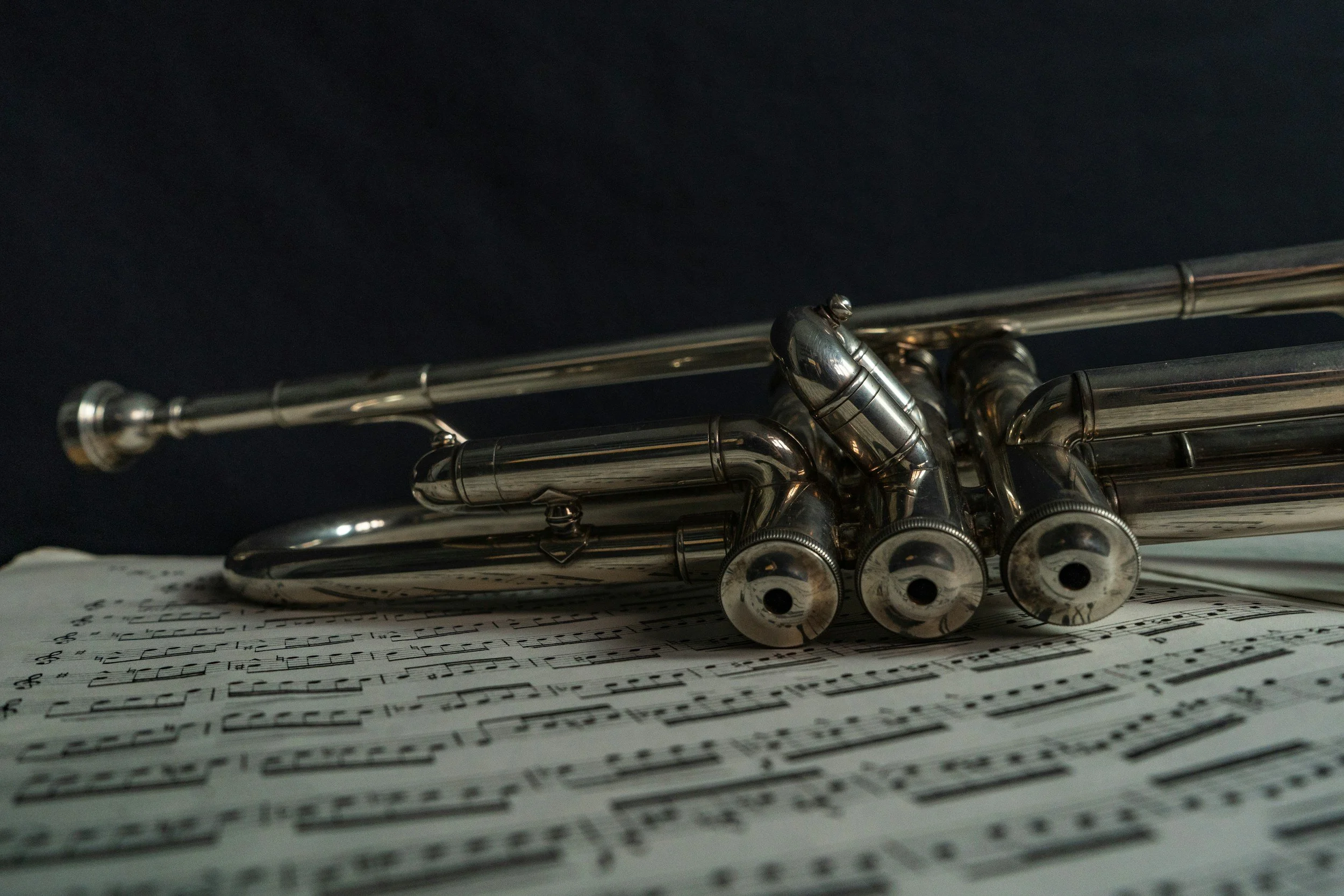Have you ever nailed the first few bars of a piece, only to crash into a mess of fast notes later? The problem usually isn’t your fingers — it’s your brain’s internal clock. Subdividing rhythms is the overlooked superpower that separates sloppy speed from crisp, confident playing.
🎯 What Is Subdivision in Music?
Subdivision is the process of breaking down a beat into smaller, even rhythmic units. Instead of only feeling the beat (quarter notes, for example), you actively feel or count the smaller divisions within each beat — like eighths, sixteenths, or even thirty-seconds.
Think of subdivision as setting up a grid inside the beat:
Quarter note = 1 pulse
Eighth notes = 2 pulses per beat
Sixteenth notes = 4 pulses per beat
Thirty-seconds = 8 pulses per beat
This internal framework is what gives you precision in fast or rhythmically complex music.
🚨 Why Most Players Struggle With Speed
Most musicians set their tempo based on the opening of a piece. But often, the hardest part comes later — a flurry of sixteenths, a tricky run, or unexpected thirty-seconds.
Here’s the catch:
If you practice at a tempo that’s comfortable for the opening but unsustainable for the fastest rhythm later, you’re doomed to stumble.
✅ Pro Tip:
Always scan for the fastest rhythm in a piece and set your base tempo around that. If the piece contains thirty-second notes, your “comfortable tempo” must allow for clean execution of those — not just the easier stuff at the beginning.
🧠 Subdivision Builds Muscle Memory — the Right Way
When you subdivide, you build a neural framework for:
Accurate timing
Even spacing
Controlled articulation
Instead of guessing where to place fast notes, your brain is already counting ahead. That’s especially important in trumpet etudes like Concone No. 23, where a few thirty-second notes in line three can derail the entire phrase if you’re not subdividing.
🔁 How to Practice Subdivision Effectively
Here’s a step-by-step breakdown you can apply to any piece:
Step 1: Identify the Fastest Rhythm
Skim the piece and highlight the densest rhythmic passages (e.g., sixteenths or thirty-seconds).
This sets your maximum tempo.
Step 2: Slow Down to Subdivide
Use a metronome at 60–72 BPM.
Speak or count rhythms out loud (“1-e-&-a, 2-e-&-a…”) before playing.
Tap your foot or conduct while subdividing.
Step 3: Use a Subdivision Metronome
Apps like TE Tuner (Tonal Energy) can subdivide beats for you.
Example: A metronome set at 60 BPM with four clicks per beat helps you internalize sixteenths.
Step 4: Rebuild the Phrase
Work backwards. Play the hardest line first, then re-integrate it into the full section.
Once the subdivision is locked in, gradually increase tempo in 5–10 BPM increments.
🥇 Bonus Benefit: Rhythmic Confidence
Students who prioritize subdivision:
Make fewer mistakes in auditions and performances
Have cleaner ensemble entrances
Feel more confident tackling fast, expressive music
Learn complex pieces faster with less frustration
It’s not just about speed — it’s about control.
🛠 Want an Etude to Try This On?
Try Concone No. 23, focusing on the third line with its 32nd notes. Set your metronome around 66–72 BPM and count every subdivision before playing. The goal: precision, not just survival.
Conclusion:
Subdivision isn’t a fancy add-on to your practice — it’s the framework that holds your tempo, technique, and tone together. Practice it intentionally, and you’ll never feel like fast music is out of your reach again.
